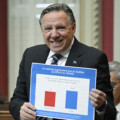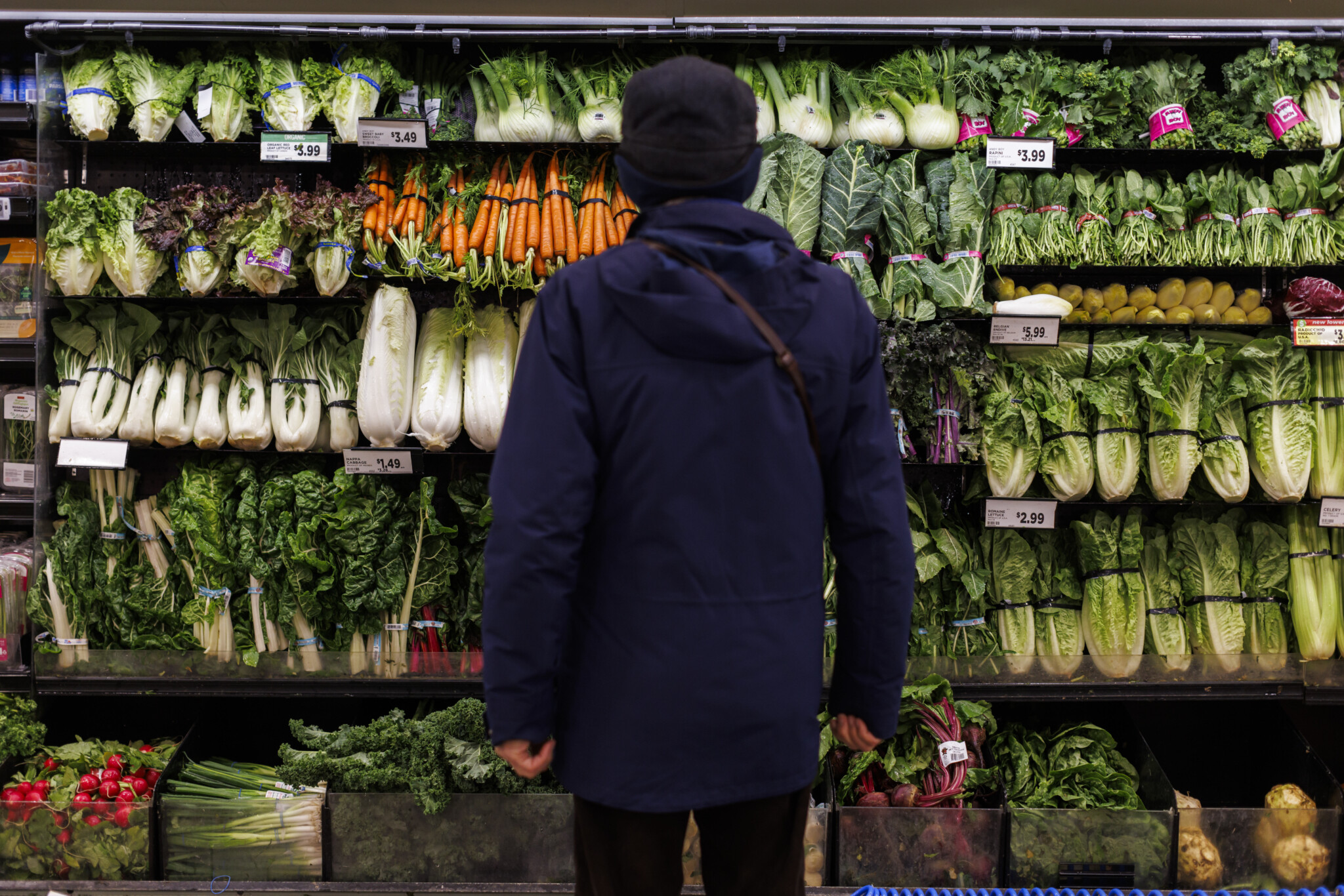In The Weekly Wrap Sean Speer, our editor-at-large, analyses for Hub subscribers the big stories shaping politics, policy, and the economy in the week that was.
Journalists should hold politicians to account, not be dependent on them
This week, The Hub was proud to sign the Ottawa Declaration on Canadian Journalism—a public declaration from a group of journalists and digital media outlets on the harms caused by the growing panoply of public subsidies for journalism.
We published only our third institutional editorial since 2021 to outline our rationale for signing and supporting the declaration. I won’t rehash its points here.
We’ve been pleased with the positive reaction to the declaration so far. Not only have we had some big-name journalists like Andrew Coyne and Paul Wells sign onto it, but, more importantly, it’s already started to catalyze a much-needed conversation about the magnitude of the public subsidies and their possible effects on the industry.
The scale of the subsidies isn’t well known. But it’s significant—in fact, there’s a good case that journalism is now among the most heavily subsidized sectors in the economy.
Eligible firms can receive a federal labour tax credit of 35 percent on per employee labour costs up to $85,000. In the Province of Quebec, print outlets can also claim a 35 percent tax credit on per employee wages up to $26,250. News outlets can also receive dedicated funding for journalists or freelance costs from the Local Journalism Initiative. And then of course there’s the government-mandated $100 million from Google for which we still don’t have the full details about its eventual distribution, including which firms will receive funding and how much.
The magnitude of public subsidies for Canadian journalism must be understood in cumulative terms. The stacking of subsidies (including direct and indirect) means that a significant share of newsroom costs for eligible firms are now defrayed by government support. We’ve previously estimated that as much as 50 percent of journalists’ salaries up to $85,000 could soon be covered by subsidies. In Quebec, the federal and provincial tax credits alone exceed 50 percent up to the eligible wage amounts.
There are of course other parts of Canada’s economy that benefit from government subsidies. There have been countless think-tank papers and opinion columns written over the years about the problem of “corporate welfare”, including notably in the auto and aerospace sectors. The recent case of massive subsidies for the electric vehicle industry is a good (or bad) example.
But in most of these instances, the government is subsidizing one-time capital expenditures. So while the absolute amount of public subsidies can be higher, it’s typically for a new plant or production line. There’s no other sector in the economy, to my knowledge, that’s receiving significant wage subsidies (as much as 50 cent dollars) to merely sustain its ongoing output.
If, as a news media company, the government is subsidizing in one form or another as much as half of your newsroom costs, are you actually a private company? And just as important, are you actually running a sustainable business?
For proponents of the subsidy regime, what’s the long-term plan? Do they envision subsidy-receiving firms to transition to market-based support over time? If so, how? Or are large-scale public subsidies for private news outlets the new natural order of things? And, if so, what’s the long term costs for the industry, including the public’s trust?
These are the types of questions we need to confront about the Trudeau government’s current media subsidy regime. We’re hopeful that the Ottawa Declaration can ultimately play a role in such a conversation.
Recommended for You

Alicia Planincic: Canada’s economy is on track for a soft landing. Will it hold?

Nicolas Gagnon: Premier Legault, it’s time to put your money where your mouth is and balance Quebec’s budget

Samuel Ragot and Daniel Béland: Poverty among persons with disabilities is a policy choice

The Weekly Wrap: Nostalgia is not a good enough reason to keep the CBC around




